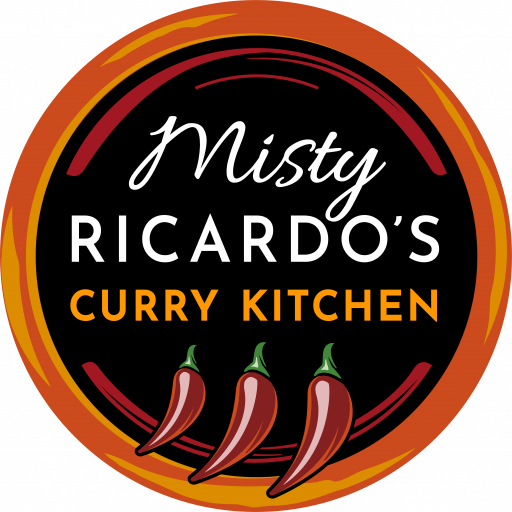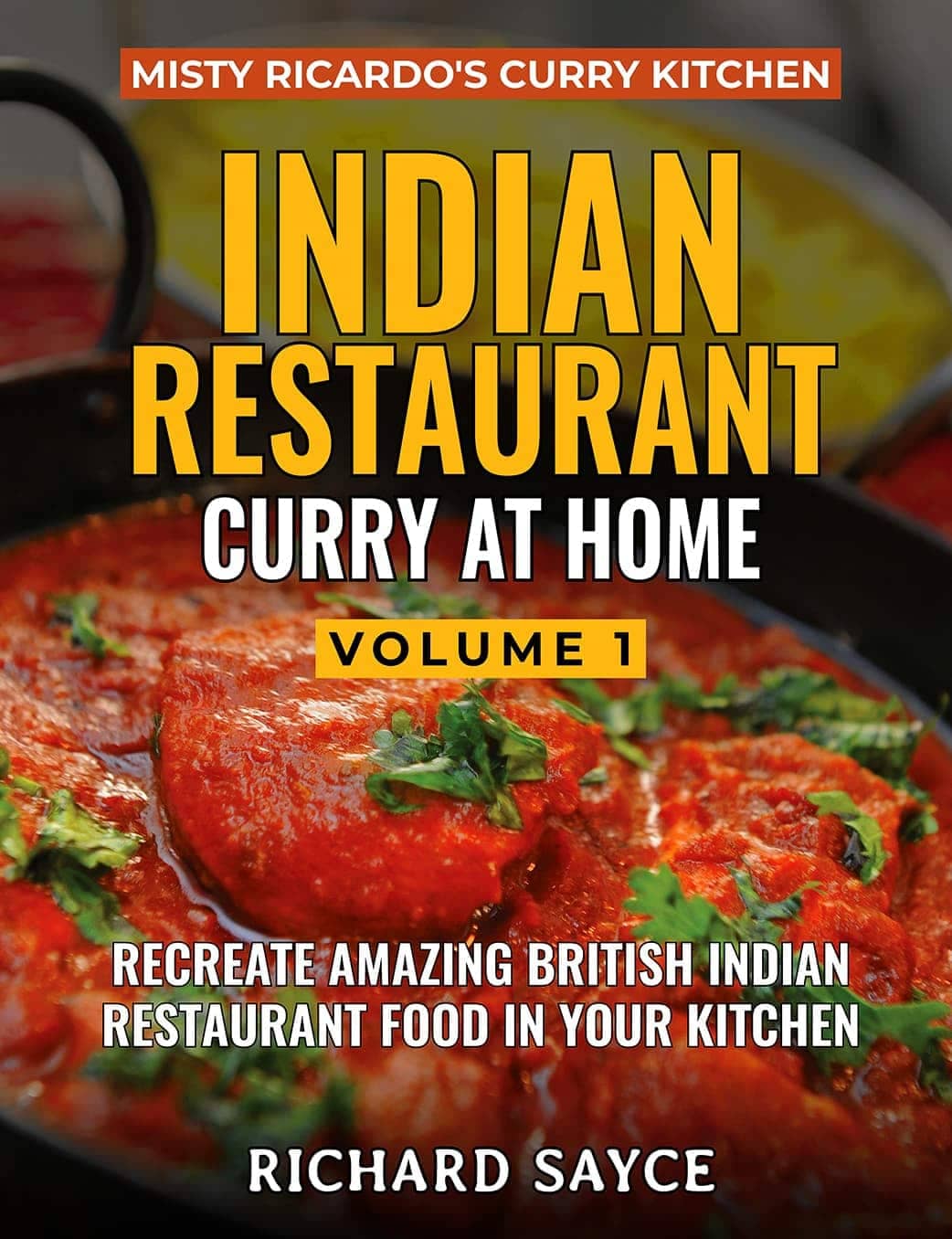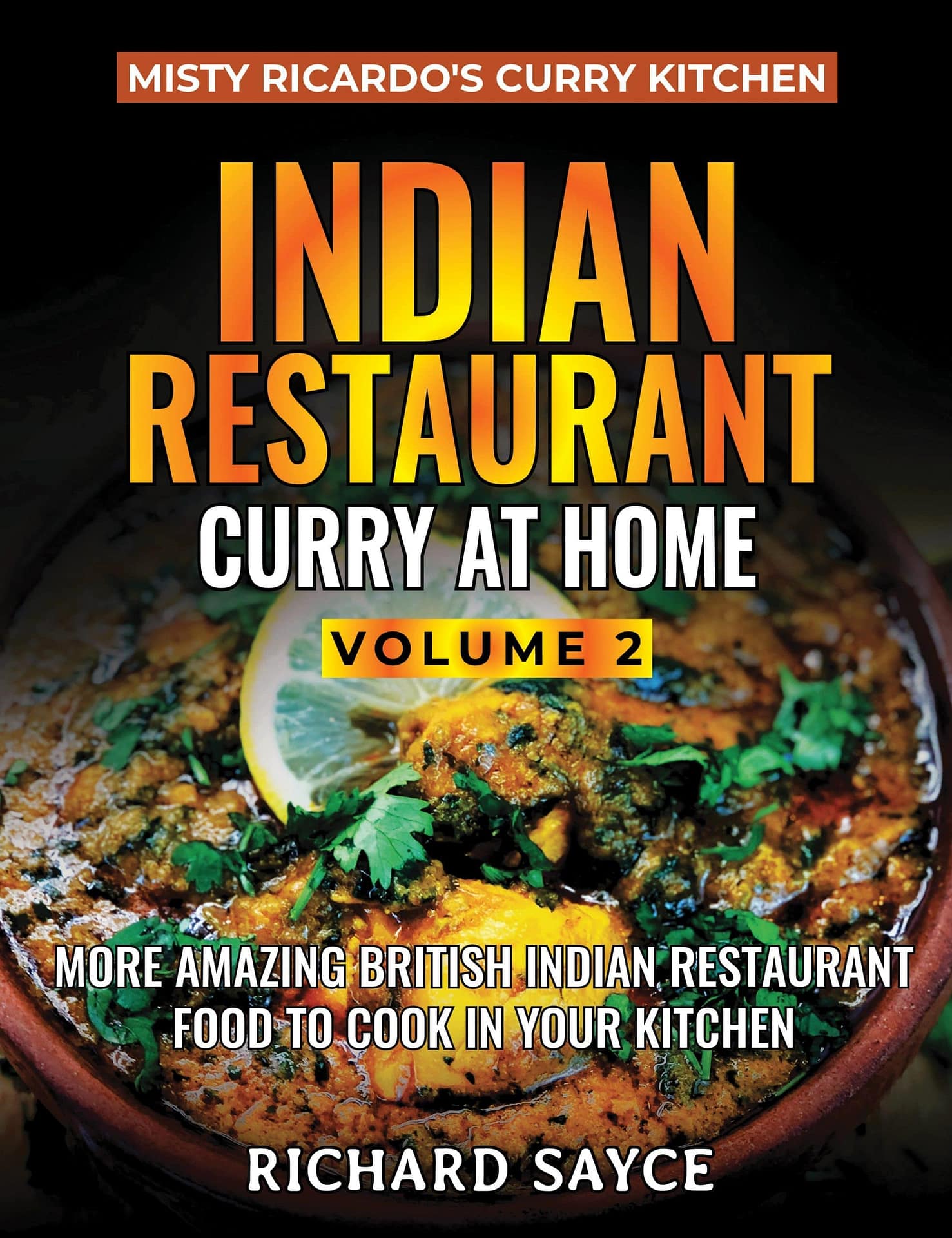BIR Base Gravy Recipe:
Arguably the most important ingredient, base gravy is an essential part of creating the amazing flavour in British Indian restaurant style cooking. Setting a theme with its simple ingredients, it is the fundamental backbone to the flavour, and combined with the right cooking techniques helps give a wonderful, caramelised, almost smoky taste.
It’s a safe, all-round sauce that ticks all the right boxes for BIR cooking, but remember it’s not so much what’s in it, but what you do with it that counts. This recipe will make enough base gravy for up to 16 single recipe portion curries.
Note: Before using it to cook curry with, the base gravy should be diluted with water to be the approximate consistency of semi-skimmed milk, and heated up to assist the cooking process. When making curries I always have a saucepan gently simmering away beside the frying pan. Whatever quanity of base gravy a recipe calls for, it means of the diluted version.
This is the primary (Mark I) base gravy recipe I use, and is in all of books, Curry Compendium and Indian Restaurant Curry at Home Volumes 1 & 2. There’s an excellent alternative gravy recipe (Mark II) in Volume 2 for those who like more variety.
If you’re in a hurry, try out my 30 Minute Base Gravy recipe. It’s simple, fuss free, and gets you up and running very quickly.
INGREDIENTS (Stage 1)
- 200ml Oil
- 1½Kg Brown Onions, peeled and roughly chopped (unpeeled weight). Peeled weight approx. 1¼Kg
- 75-100g Carrot, chopped small (approx. half a large one)
- ½ Green Pepper, chopped (medium large)
- 100g Potato, roughly chopped (peeled weight)
- 80g Ginger/Garlic Paste
- 1½ tsp Salt
INGREDIENTS (Stage 2)
- 2 TBSP Mix Powder
- 1 tsp Turmeric
- 1 tsp Garam Masala
- 160g Tomato Purée (good quality, not diluted)
- 40g Coconut Block, or 80ml Coconut Milk
- 1 tsp Jaggery or Brown Sugar (optional)
- 2 Litres Water
- 40g fresh Coriander Stalks, chopped (optional)
Watch the Video
METHOD (Stage 1)
- Add the oil to a large pan (minimum 5 litres capacity) and turn heat to medium.
- Add the onions, carrot, green pepper, potato, ginger/garlic paste and salt.
- Cook for 5 minutes, stirring frequently.
- Cover, turn down heat to very low, to achieve a gentle simmer.
- Cook for one hour, or until the onions soften fully, taking on a melted appearance and soft, sweet, delicious smell. Stir occasionally.
METHOD (Stage 2)
- Turn the heat up to medium and add the mix powder, turmeric and garam masala. Cook for 1 minute whilst stirring.
- Add the tomato purée, coconut, jaggery (optional), and water. Stir well.
- Bring to the boil, then cover, turn the heat down to low, and gently simmer for 1 hour, stirring very occasionally.
- Optional: add the coriander stalks a few minutes before the end of the hour.
- Turn heat off and allow the gravy to cool a little.
METHOD (Stage 3)
- Blend until very smooth. I prefer to use a stick blender.
- Bring back up to boil, and simmer gently for 20-30 minutes.
- Turn off the heat, and allow to cool. Stir together and blend again if you see any lumps.
- The base gravy will be quite thick when you have finished making it. It’s unlikely you will be using it all at once, so it’s best to refrigerate or freeze what you aren’t using. I freeze mine in its thickened state in plastic food containers and defrost when needed.
PRESSURE COOKING BASE GRAVY
You can shave about an hour from the total cooking time by using a pressure cooker. The process I use is almost identical to making base gravy in a conventional pot.
In Stage 1, once the vegetables have been fried for 5 minutes (step 3), seal the lid onto the pressure cooker and bring to pressure on highest heat. Once pressurised turn the heat to low and leave for about 15 minutes. Then release the pressure and uncover ready for the next stage.
For Stage 2, when you’ve stirred in the step 2 ingredients, seal the lid again and perform the same actions as Stage 1. If you are adding the coriander stalks do so once the pressure has been released, and simmer for 5 minutes.
Stage 3 remains unchanged.
NOTES
- The base gravy should be quite thin when cooking a BIR curry. Dilute it with an equal amount of water to get a consistency of semi-skimmed milk, and always heat it up before using it to avoid slowing the curry cooking process. When making curry I always have a saucepan with the hot diluted base gravy simmering away.
SPACEHOLDER
- You can make smaller or larger amounts of base gravy by simply scaling this recipe down or up.
- All spoon measurements are level, i.e. 1 tsp=5 ml, 1 TBSP=15ml.
20 Comments
Submit a Comment
You must be logged in to post a comment.






Hello.
Does the potato in the recipe serve a purpose? Just wondering what the benefit is.
Also, does type of potato matter? I.e. waxy, startchy all-purpose etc.
Thanks
Hello. It’s there for a hint of a smooth starchy texture in the finished base. Any sort of potato is ok to use in this.
Hi How much does this recipy make.
Thanks
Nathan.
Up to 16 curries.
Hi
Can I freeze the curry base. Also can the pre-cooked chicken be frozen. Thankyou
Hi. Yes you can freeze both.
Can I use oils that are anti inflammatory, such as olive, avocado or coconut?
Yes, but use a neutral flavoured oil such as coconut. Good question.
Hi I have some questions if you could answer that would be great thanks
1. The 200ml of oil is it ok to use vegetable oil ?
2. Do you make the ginger and garlic paste with water or oil ? and what ratio of ginger and garlic do you use ?
Thank you
Hi. Yes, any neutral flavoured oil is fine. Add a little oil when blending the G&G. In favour of garlic 3:1 or 4:1. Cheers.
Hi thanks for the reply one last thing do you use that same ratio of garlic and ginger when you make the curry’s or is that ratio just for the base . Thanks
Both. Happy cooking.
Top man thanks
Hi Richard, in another recipe you were asked what tomato puree was and you answered that it should be 1 part tomato concentrate (presuming double, as all tubes seem to be double these days) to 3 parts water. In this recipe, when you mention tomato puree you’ve added (not diluted), so I’m unsure whether to use neat tomato concentrate (double) or not. The pressure cooker is already on, so I hope you’re able to reply more quickly than I have every right to wish for! NB The balti base and balti chicken were just what I was hoping for…it has a flavour that reminds me so much of the good restaurants and takeaways from my years in London, so thank you so much for that.
Hi Paddy. It’s neat (double concentrate) tomato puree you want for this.
Brilliant, thank you!
Hi Richard, I have made the base gravy and as it stands I have 3 litres undiluted. I plan to freeze it for later use and was wondering in what quantity you recommend I should freeze it with the plan to dilute after defrosted. Thnx.
Hi. It depends if you like extra base gravy in your curry. I often do, so I freeze my base gravy in undiluted increments of 200ml.
Cheers Richard, that sounds like a plan, I didn’t want to end up with too little 🙂
Cheers Richard, that sounds like a plan, I didn’t want to end up with too little 🙂